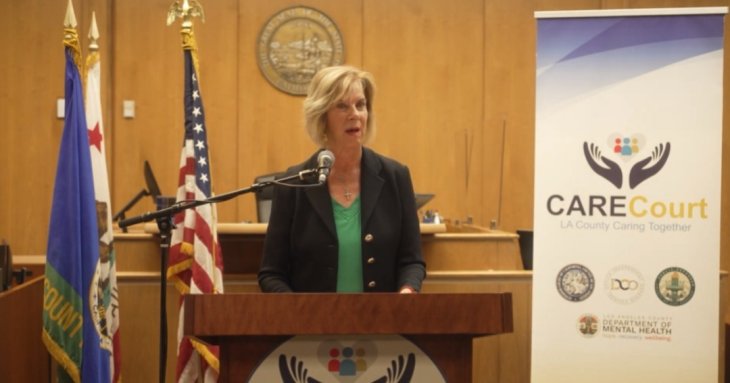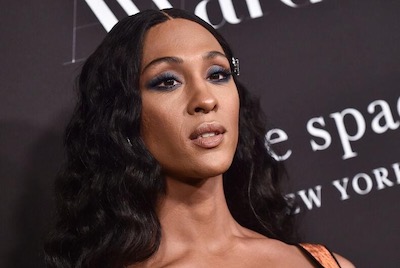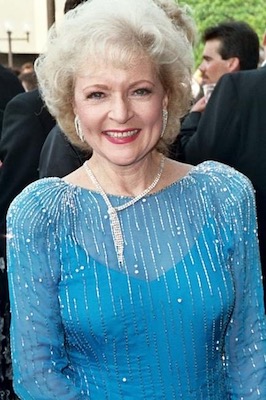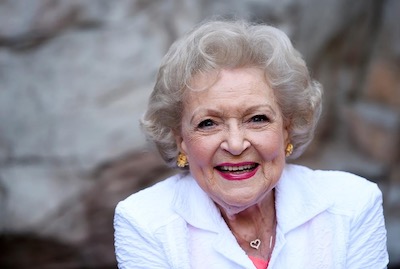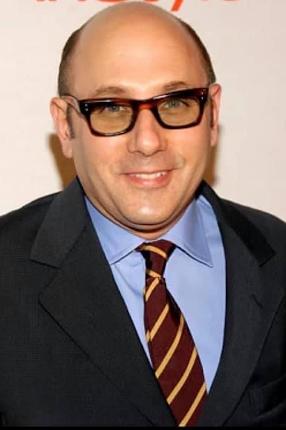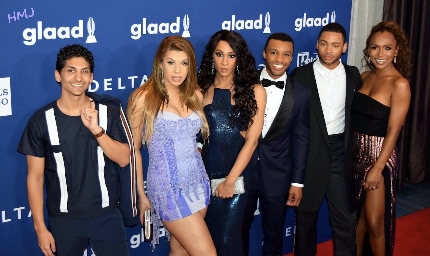And even better, it’s extremely gay.
In the ongoing war of public opinion, nobody gets off easy. It doesn’t matter if you’re a politician who made a misstep, a beloved pop singer with outdated views, or a TV show that hasn’t even aired yet before getting heaped with criticism. You can blame it on Twitter, you can blame it on internet culture: Whatever you blame “Insatiable”’s surrounding controversy on, don’t make the mistake of being swayed by it.
A few weeks ago, the Internet was all atwitter about a show that commits the grave sin of telling a story about transformation: Once-fat Patty Bladell loses a lot of weight and in the process becomes a sexually viable option for the boys at her high school. So far, not great. But don’t let the body negativity lose you. Underneath a fairly conventional high school revenge fantasy beats the heart of a truly subversive tale. And yes, it’s queer as all hell.
If “Insatiable” were all about Patty and her weight loss journey, then yes, a lot of the knee-jerk criticism would be justified. But the great thing about this show is that it doesn’t waste time focusing on one journey, one transformation, one move from fat to thin. It’s a show that keenly observes the transformations set in place by Patty’s behavior. By the end of the first season, her physical change is the least radical transformation we’ve seen.
Let’s start with Bob Armstrong, played by the marvelous Dallas Roberts. If you don’t remember him as Angus in “The L Word” (and you should,) you’ll remember him as Alicia Florrick’s gay brother in “The Good Wife.” Here, he’s a newly-disgraced lawyer in Alabama with a much-maligned passion for beauty pageants. His wife, the excellent Alyssa Milano, is a bored housewife who needs to find her own purpose. Their neighbors are the perfect couple they dream of being, until one half of that couple ends up seducing Bob and bringing about a full-scale bisexual awakening.
Not only that, but Patty’s best friend Nonnie, a lesbian who can’t understand why her best friend doesn’t just want to hang out with her all the time, is busy going through her coming-out for the better part of the show. Into this hotbed of gayness and fluid sexuality is dropped Patty, a girl with no positive role models, a faulty moral compass, and a hunger for revenge.
If it all seems a little campy, that’s because it is. But make no mistake: While most of “Insatiable is played for comedy, the revelations of its characters are deeply moving. From Nonnie’s realization that her childhood best friend is her longtime crush, to Bob Armstrong’s reckoning with the fact that his outward adoption of “gay” mannerisms is tied to an entire, fascinating culture, we get to see a show about people who are at total odds with themselves. People who, though in deep denial about who and what they are, can still relate to each other on an alarmingly sincere level.
“Insatiable” may paint in broad strokes, it may take liberties with stereotypes and well-worn plot contrivances, but it’s all in the service of something invigorating and sweet to watch: A show that might just be about people you actually recognize.





